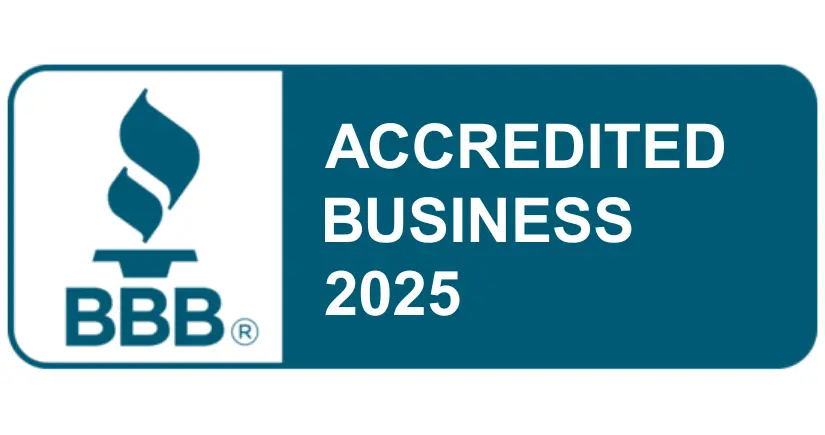Frequently Asked Questions
What areas of the home should be tested for mold?
Areas of a home that should be tested for mold include bathrooms, basements, attics, and areas with high moisture levels or water damage, as these are common places where mold can grow.
What causes mold growth in Mesa AZ homes?
Mold growth in Mesa, AZ homes is typically caused by excess moisture, poor ventilation, and high humidity levels, especially in areas prone to water damage or leaks.
How much does mold testing cost in Mesa, AZ?
The cost of mold testing in Mesa, AZ typically ranges from $300 to $800, depending on the size of the property and the scope of the assessment.
What is the process of mold testing in Mesa, AZ?
The process of mold testing in Mesa, AZ involves inspecting the property, collecting samples, and analyzing them in a lab to identify the type and extent of mold growth, enabling appropriate remediation measures.
What are the signs of mold growth in Mesa?
The signs of mold growth in Mesa include visible mold, musty odors, moisture buildup, and discoloration on surfaces. Identifying these indicators early can help prevent the spread of mold and mitigate potential health risks.
How do I detect mold in my Mesa AZ home?
Detecting mold in your Mesa, AZ home can be done by visually inspecting for discoloration, musty odors, or signs of water damage, which may indicate the presence of mold. You can also consider hiring a professional mold inspection service for a more thorough assessment.
What is the mold remediation process in Mesa AZ?
The mold remediation process in Mesa, AZ involves identifying and containing the affected areas, removing the mold, and thoroughly cleaning and sanitizing the space to prevent further growth.
What are the benefits of mold testing in Mesa?
Mold testing in Mesa can help identify the presence and extent of mold growth, enabling prompt remediation to protect health and prevent further structural damage.
How much does mold remediation cost in Mesa AZ?
The cost of mold remediation in Mesa, AZ can vary depending on the extent of the damage, the size of the affected area, and the complexity of the project. Typically, mold remediation can range from $1,500 to $6,000 or more for a residential property.
What are the health risks of mold in Mesa AZ?
The health risks of mold in Mesa, AZ include respiratory issues, allergic reactions, and potential neurological effects, especially for those with compromised immune systems or pre-existing conditions.
Is mold remediation necessary in Mesa AZ?
Mold remediation is often necessary in Mesa, AZ, as the region's warm and humid climate can create ideal conditions for mold growth, which can pose health risks and cause property damage if left untreated.
What are common mold types found in homes?
Common mold types found in homes include Aspergillus, Cladosporium, Penicillium, and Stachybotrys chartarum (also known as black mold). These molds can grow in areas with high moisture levels, such as bathrooms, basements, and leaky roofs or pipes.
How can I identify hidden mold issues?
Identifying hidden mold issues can be done by inspecting areas with potential moisture problems, such as under sinks, in attics, and behind walls. Signs of mold growth include musty odors, discoloration, and visible mold.
What should I do if I find mold?
If you find mold, it is important to address the issue promptly. Contact a professional mold remediation company like Dryrite Restoration to inspect the affected area, identify the source, and provide appropriate treatment to safely remove the mold and prevent future growth.
How does humidity affect mold growth?
Humidity plays a crucial role in mold growth. Higher humidity levels provide the moisture necessary for mold spores to thrive and multiply, leading to increased mold proliferation.
What are effective mold removal methods?
Effective mold removal methods typically involve a combination of physical removal, disinfection, and prevention strategies, including thorough cleaning, the use of antimicrobial agents, and addressing the underlying moisture issues to inhibit future mold growth.
How can I prevent mold after water damage?
Preventing mold after water damage involves quickly addressing the issue, drying the affected areas, and using antimicrobial treatments to inhibit mold growth.
What is the timeline for mold remediation?
The timeline for mold remediation typically involves a thorough inspection, containment, removal, and cleaning process, which can take anywhere from a few days to a few weeks depending on the extent of the mold growth and the size of the affected area.
How often should I test for mold?
Testing for mold should be done regularly, typically every 6 to 12 months, or if you suspect a moisture problem or see signs of mold growth in your home or business.
What equipment is used for mold testing?
The equipment used for mold testing typically includes air sampling pumps, swabs, petri dishes, and microscopes to collect and analyze mold samples from the affected area.
What are the costs associated with mold removal?
The costs associated with mold removal can vary depending on the extent of the infestation, the type of mold, and the size of the affected area. Typically, mold removal can range from a few hundred dollars for small-scale projects to several thousand dollars for larger-scale remediation.
How can I choose a mold remediation service?
Choosing a mold remediation service involves considering their credentials, experience, and approach to addressing the issue effectively and safely.
What are the long-term effects of mold exposure?
The long-term effects of mold exposure can include respiratory problems, allergic reactions, and other health issues that may persist even after the mold is removed.
How does mold affect indoor air quality?
Mold can significantly impact indoor air quality by releasing spores and toxins that can cause respiratory issues, allergic reactions, and other health problems for occupants.
What steps are involved in mold inspection?
The steps involved in mold inspection typically include a visual assessment, moisture testing, air sampling, and laboratory analysis to identify the type and extent of mold growth.
What should I know about DIY mold removal?
DIY mold removal can be risky and ineffective. Mold can spread quickly and release spores, potentially causing health issues. Professional mold remediation experts have the proper equipment and expertise to safely and effectively remove mold.
How can I protect my family from mold?
Protecting your family from mold involves regular home inspections, addressing moisture issues, using dehumidifiers, and addressing mold growth promptly to prevent health risks.
What are the legal requirements for mold disclosure?
The legal requirements for mold disclosure vary by state, but generally include disclosing the presence of known mold issues to potential buyers or tenants during real estate transactions.
How does mold remediation differ from cleaning?
Mold remediation involves the comprehensive removal and elimination of mold growth, while cleaning simply involves the surface-level cleaning and disinfection of affected areas.
What certifications should mold inspectors have?
Mold inspectors should possess certifications such as the Certified Mold Inspector (CMI) or Certified Microbial Investigator (CMI) credentials, which demonstrate their expertise in identifying and assessing mold contamination.




















